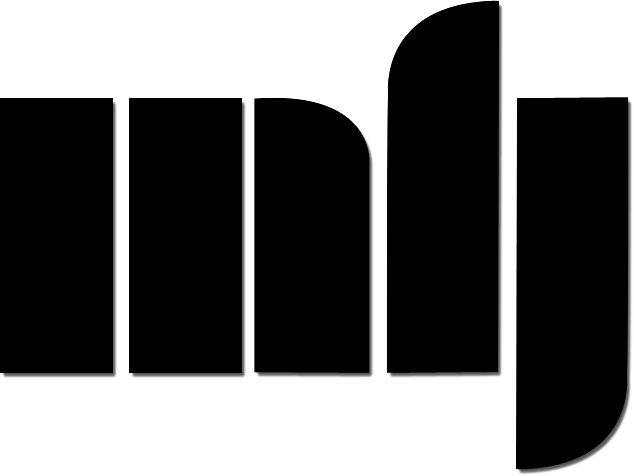Loading cart contents...
Supplements for Issue 78 "Now... and Then"
Here is a list of notes and supplements for pieces published in this issue, in the order content was published in the journal.
- David Larcher in his introduction at “Filmklassentreffen”, Hochschule Offenbach, 1987
- “Proposals on Non-Affirmative Art”, 1966. This performance-lecture was part of the Destruction in Art Symposium, London. It was planned that Weibel and Mühl would do two separate performances, but Mühl changed his mind last minute, and performed simultaneously with Weibel, causing a peculiar disruption.
- Katharina Rustler’s and Ronald Pohl’s obituary on Weibel in DER STANDARD, 03./02/23.
- Interview with on the occasion of the 12th edition Videobrasil 1998, https://www.youtube.com/watch?v=S71FMG17I0A
- Jackie Hatfield (ed.) Experimental Film and Video, John Libbey, 2006
- Steve Dwoskin, Afterimage, London, No. 2, Autumn 1970
- Simon Field ‘The light of the eye’, Art and Artists, December 1972.
- Sleeve Notes from Erratum Noise.Art.Poetry, Edited and compiled by: Joachim Montessuis.
- “Kinematograph”, ibid.
- Coprolalia Tourette syndrome – is the medical term used to describe the involuntary outburst of obscene words or socially inappropriate and derogatory remarks.
- a performance that would inflict
- https://www.khm.de/~davidl/blalab/d2/0826k7w7.htm
- Anna Thew: Profile David Larcher. Eyeball Magazine, Spring issue no.5, 1998
- Larcher in a personal email to me, 2008
REVIEWS
- Bruce Jenkins, “1964.14 Empire, 1964,” The Films of Andy Warhol Catalogue Raisonné (1963-1965), edited by John G. Hanhardt, (New Haven: Yale University Press, 2021), 216.
- Ibid., 31.
- See Cash (Melissa) Ragona, “The Cut: Hollis Frampton and Carl Andre in Dialogue,” Sculpture and Film (Subject/Object: New Studies in Sculpture), eds., Jon Wood, Ian Christie (London: Routledge, 2018).
- Jenkins, “1964: Introduction,” The Films of Andy Warhol, 133-134.
- Tom Kalin, “1965: Introduction,” The Films of Andy Warhol, 276.
- Cash (Melissa) Ragona, Warhol’s White Noise, unpublished book manuscript on Andy Warhol’s tape-recording archive and sound projects, forthcoming.
- Tom Kalin, “1965: Introduction,” The Films of Andy Warhol, 279.
- Elena Gorfinkel, “1965.26, The Bed, 1965,” 435.
- Ibid., 434.
- Gregory Zinman, “1965.20, Outer and Inner Space, 1965,” The Films of Andy Warhol, 391.
- Irene Bindi, “Strange Sunders,” Exovede in the Dark, p. 13. Carlo Mollino, Message from the Darkroom (Turnin: Adarte, 2007).
- By devotional cinema, I mean something akin to filmmaker Nathaniel Dorsky’s conceptualization: “The word ‘devotion,’ as I am using it, need not refer to the embodiment of a specific religious form. Rather, it is the opening or the interruption that allows us to experience what is hidden, and to accept with our hearts our given situation. When film does this, when it subverts our absorption in the temporal and reveals the depth of our own reality, it opens us to a fuller sense of ourselves and our world. It is alive as a devotional form.” Dorsky, Devotional Cinema (Berkeley: Tuumba Press, 2003), pp. 15-6.
- Sky Hopinka, “Lost Thoughts on Ste. Anne,” Exovede in the Dark, p.
- Suzanne Morressette, “Ste. Anne: A Prescribed Burn,” Exovede in the Dark, p. 64.
- Gwynne Fulton, “Ste. Anne: Rematriating Land and Image,” Exovede in the Dark, p. 79.
- For an explanation about the “architecture of the image” see Juhani Pallasmaa, The Architecture of Image: Existential Space in Cinema (Helsinki: Rakennustieto Oy, 2007).
- Bindi, “Strange Sunders,” p. 13.
- Bindi, “Domus and Her Siblings,” Exovede in the Dark, p. 85.
- Rhayne Vermette, “The Making of Domus,” Manitoba Cold Storage Co. (October 30, 2018), <https://mbcoldstorage.tumblr.com/post/179593494167/>.
- Jennifer Smith, “Dear Rhayne,” Exovede in the Darkroom, p. 156.
- See among others: Film History [Special Issue: Experiment in Film Before World War II]. Vol. 20, No. 1 (2008), esp. the Buckland and Bustamante articles; Joshua Yumibe. Moving Color: Early Film, Mass Culture, Modernism. Rutgers University Press, 2012; Robert Russett and Cecile Starr, eds. Experimental Animation: Origins of a New Art (revised edition). Da Capo Press, 1988; Gregory Zinman, Making Images Move: Handmade Cinema and the Other Arts. University of California Press, 2020.
